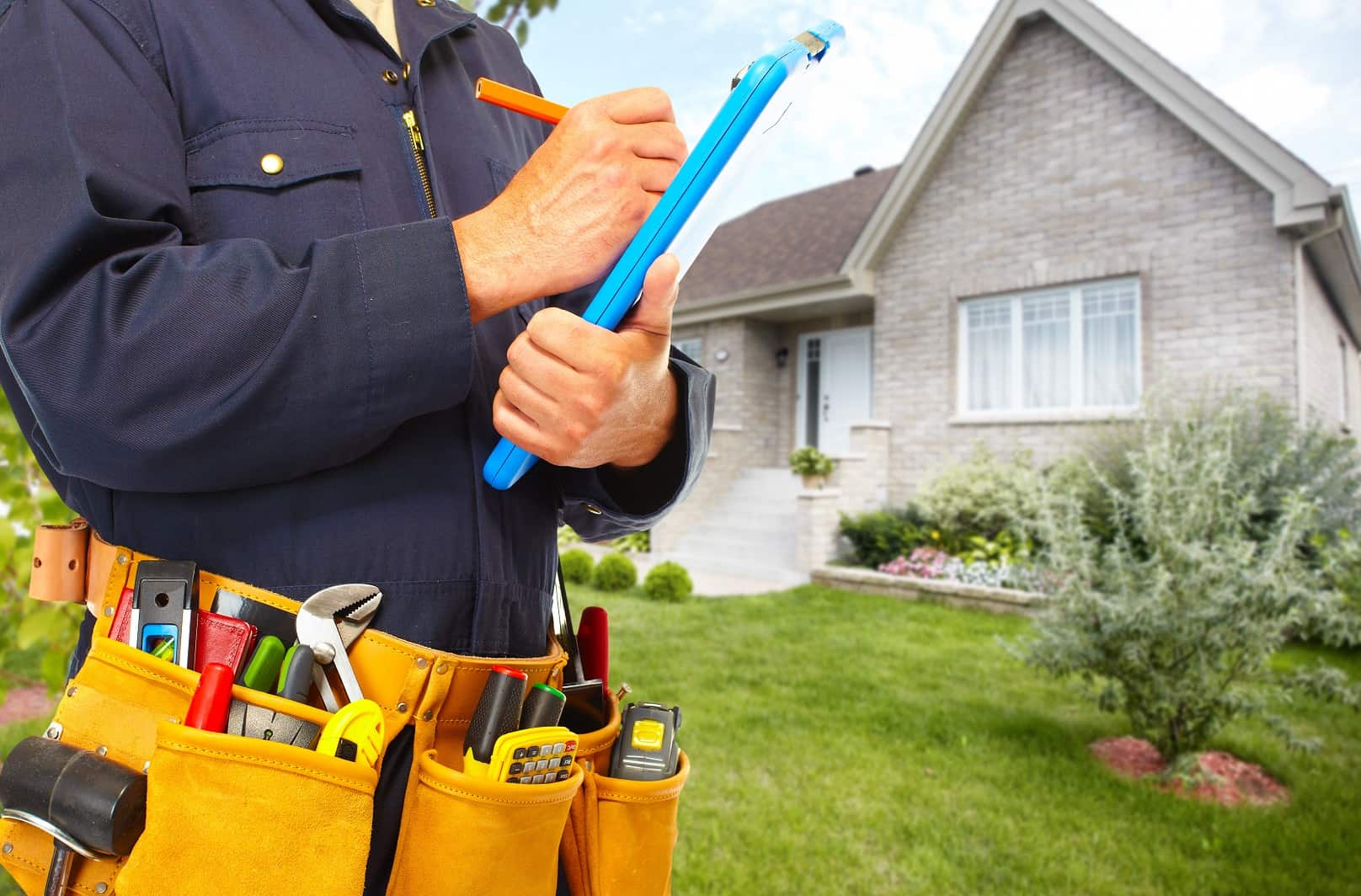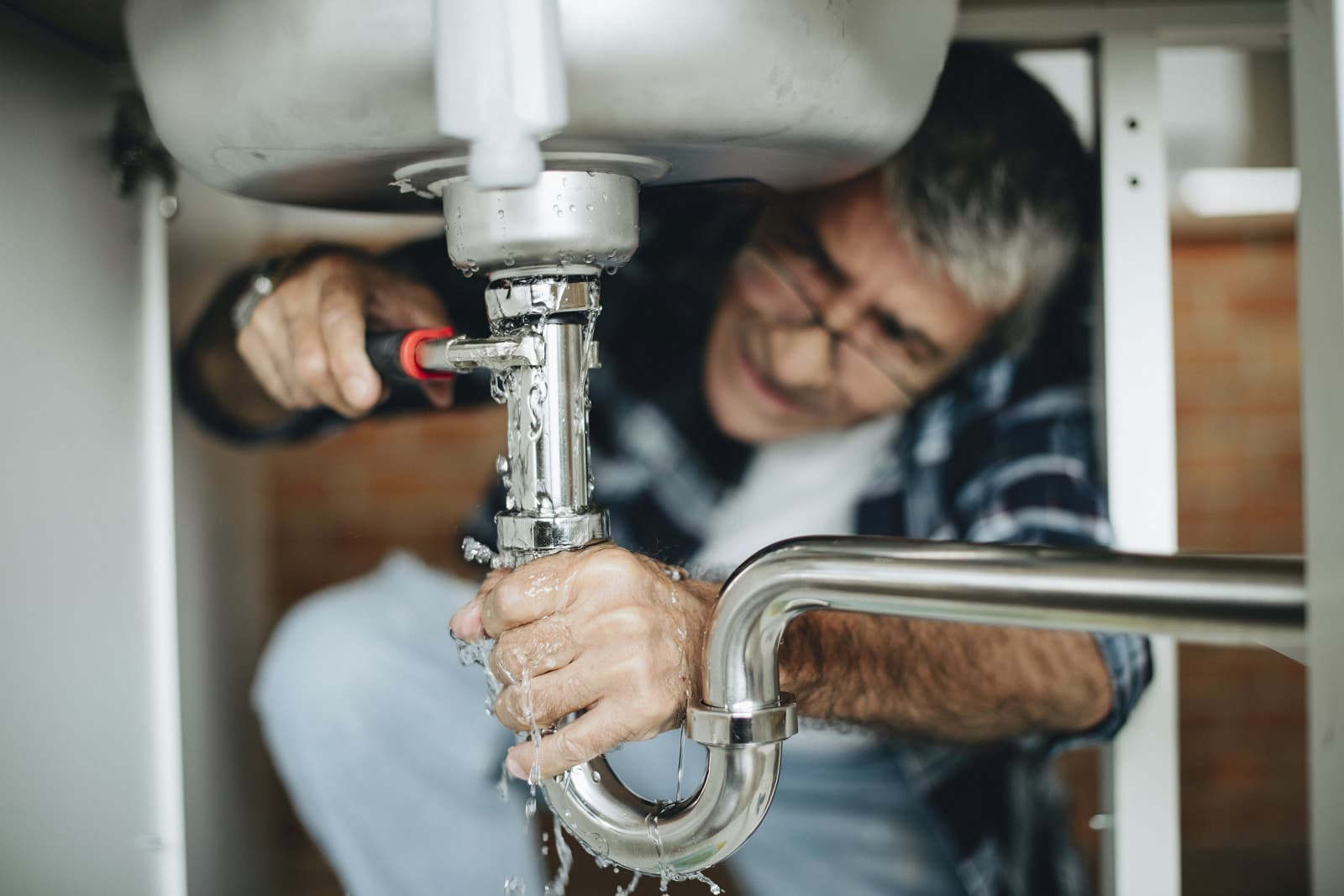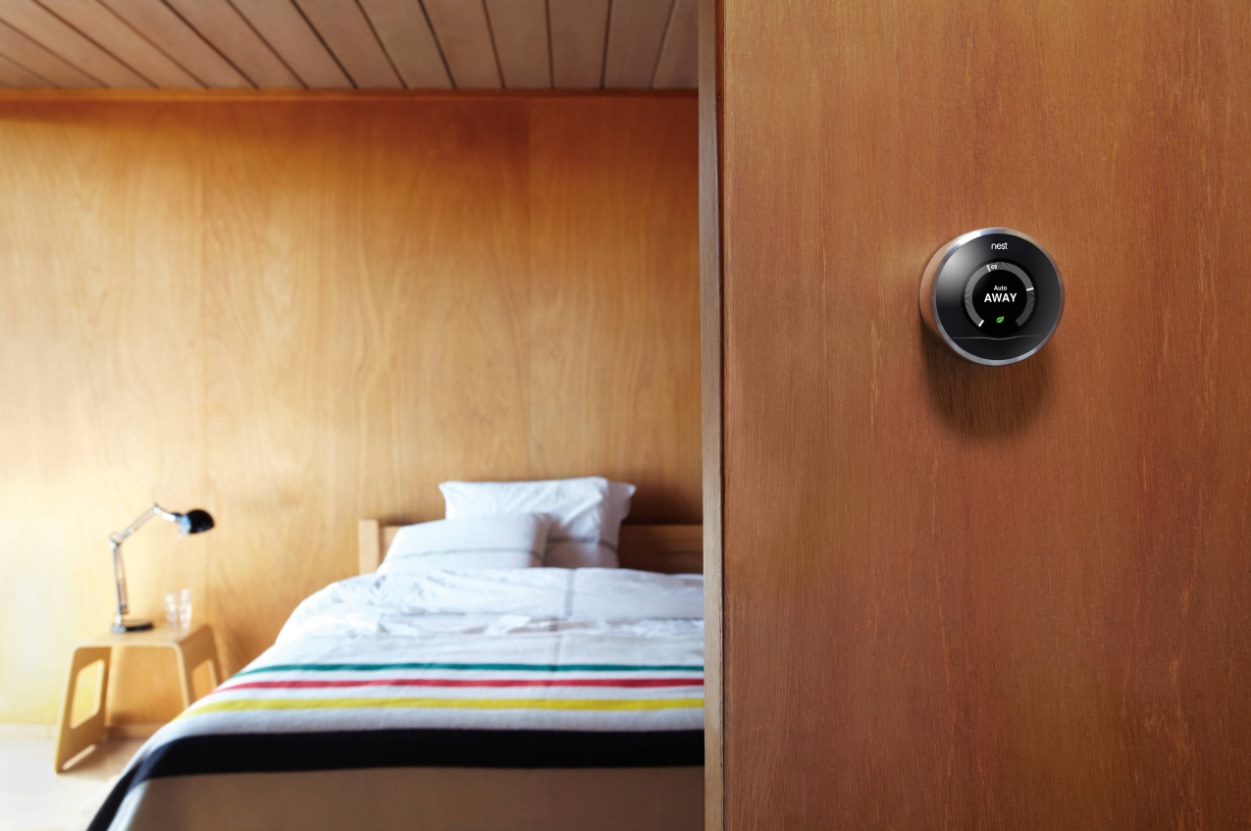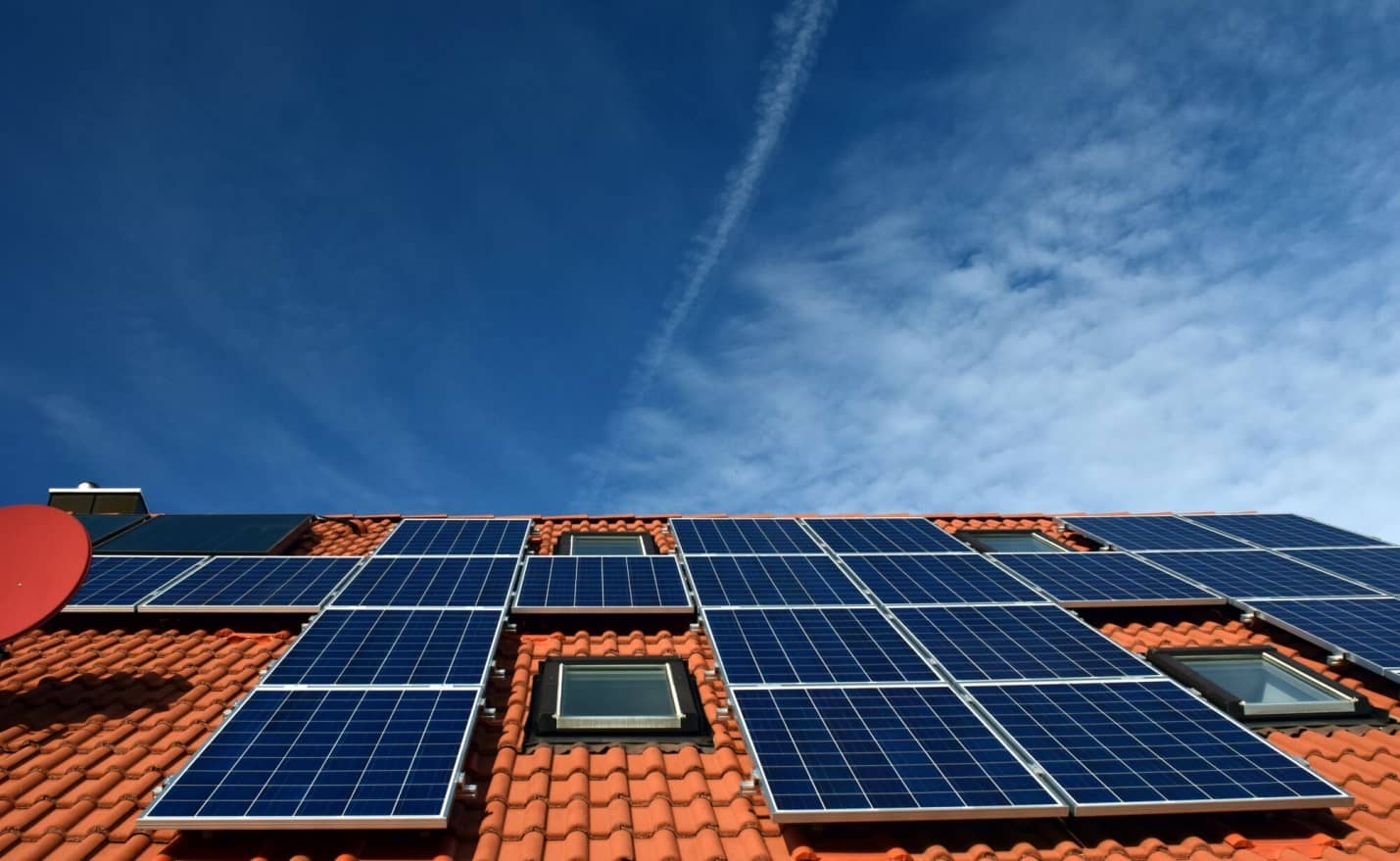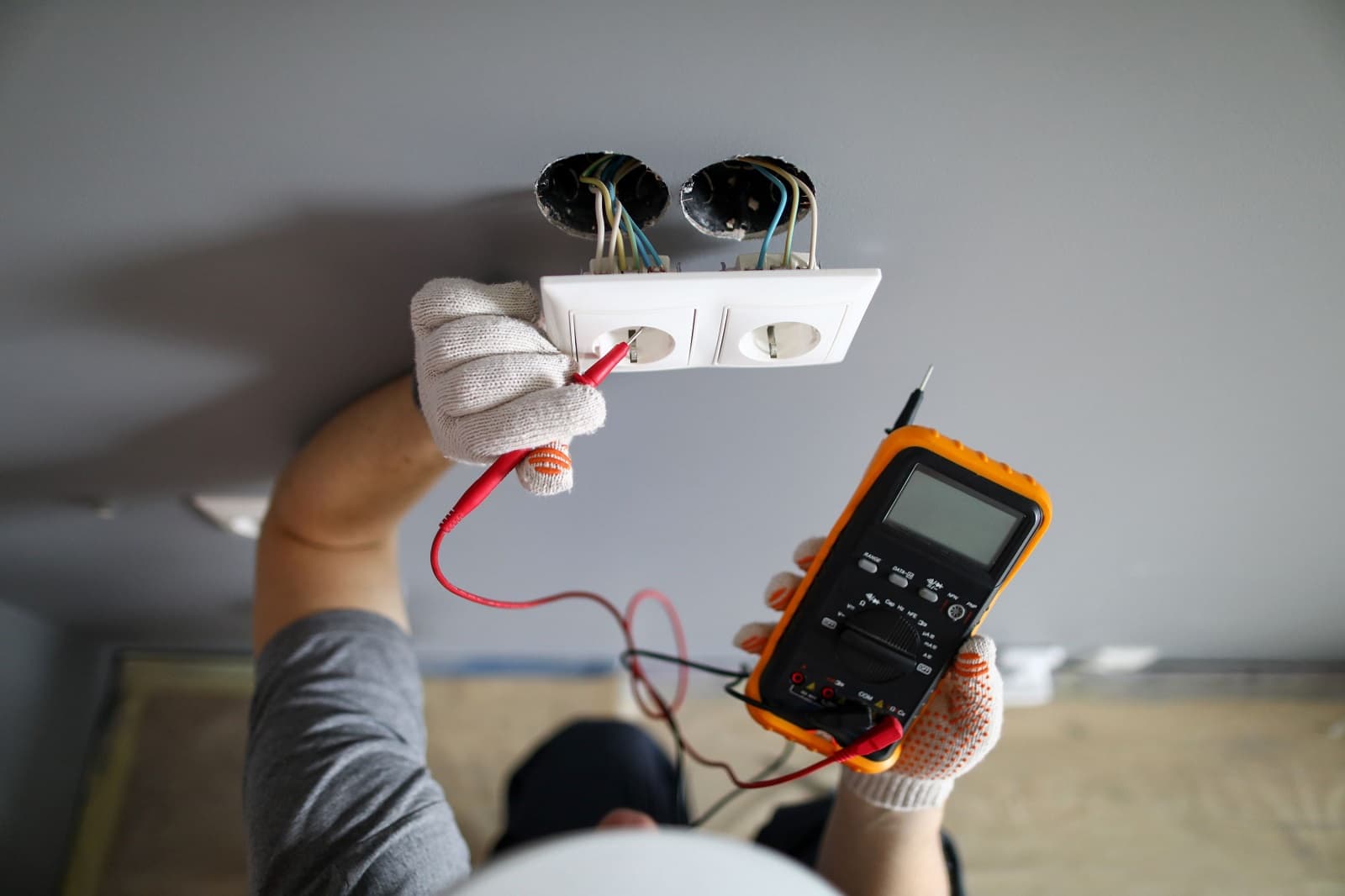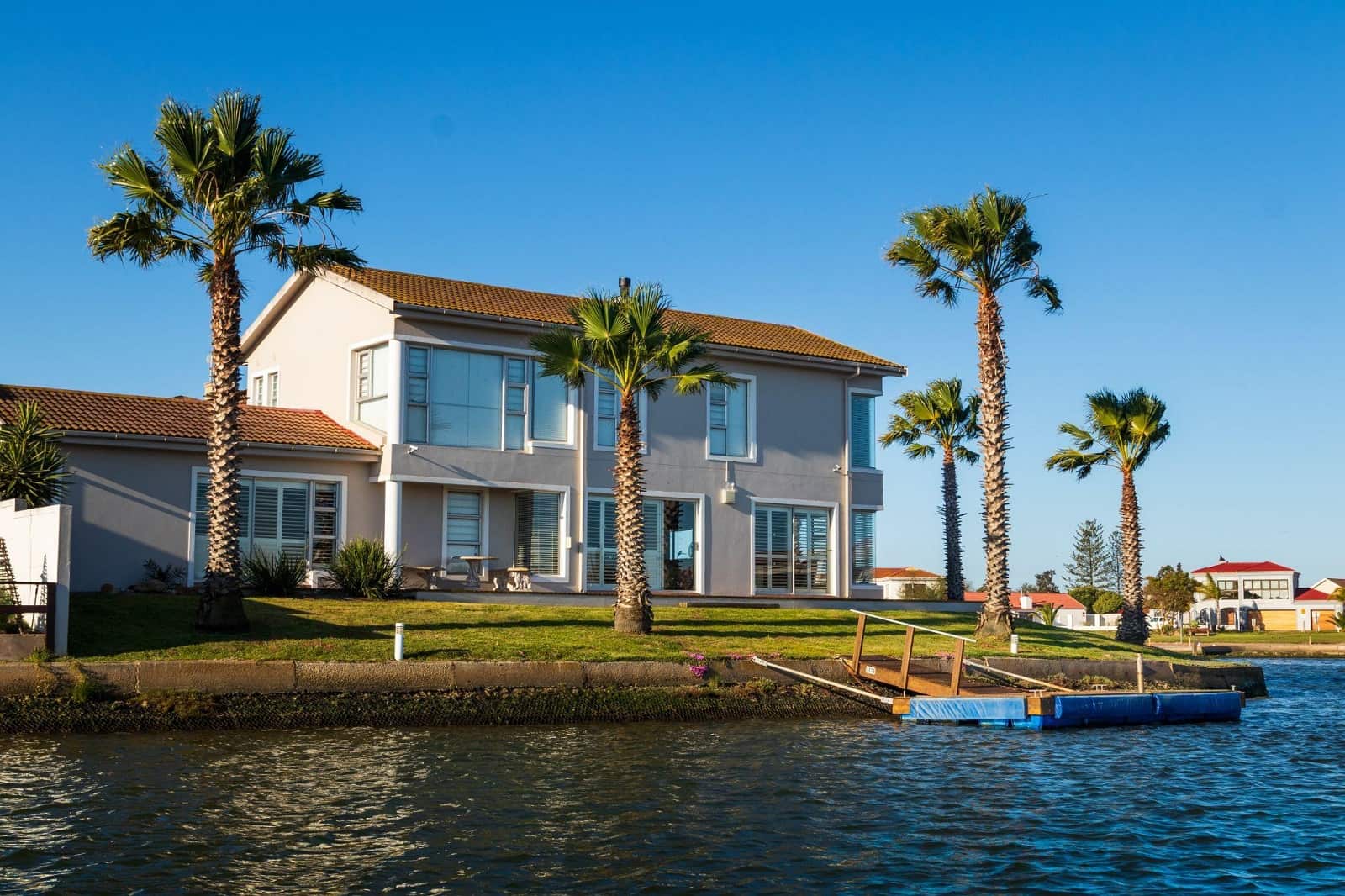Plumbing is a necessary part of any home or establishment. Without it, it’s going to be impossible to have running water. And this means that you won’t be able to use a sink, a toilet, a shower, or even do laundry.
Bad plumbing can also be just as bad because of how much of a hassle it can be to repair or replace. This is why it’s important to always maintain your plumbing, or do regular inspections just to see if it’s in order. It’s also necessary to thoroughly inspect the plumbing before you buy a new home.
There are different kinds of helpful hints and tips for saving water, doing repairs, and more. But there aren’t too many tips about how you can do home plumbing inspections on your own. To properly inspect a home on your own, here are some of the things you could do.
Inspect The Water Meter
If you’re looking for plumbing in a new home, you’ll also want to take some time to first look at the water meter. Check whether the shut-off valve is working or not. If you open up the valve, it should be able to deliver water to all your pipes without a hitch. Make sure that it works by checking and opening the taps. Shut it back off again and check the taps if there’s no longer water. If the water still flows when you shut it off, there might be a problem with the valve.
You might also want to look out for the following when checking your water meter:
- Water leaks
- Inaccurate meter readings
- Uncommonly high bills
Find Out How Old The Plumbing Is
The first thing you can do is to find out how old the plumbing is. This will help you find out the condition of the pipes and other fixtures that might need to be repaired or replaced. Older houses might have bad piping that could cause seeping, leaks, and even water damage.
Furthermore, some old plumbing might use lead pipes, especially if they were built before 1986. Lead pipes can be dangerous because it’s toxic and can lead to some serious problems and poisoning, especially for children.
There are also other problems that you can expect with the plumbing in old houses, such as the following:
- Outdated fixtures
- Poor repair jobs
- Damaged sewer lines
- Shifting pipes
- Galvanized piping
Check Out The Water Heater
The water heater is another important part of your plumbing system that needs to be inspected regularly. Having hot water might be something that you could easily take for granted. But if you no longer have access to hot water, it’s going to be a huge problem.
Again, you’ll want to find out how old the water tank is. Moreover, it’s also important to look for mineral deposit buildup inside the tank. These can usually be found at the bottom of the tank, which can reduce the amount of water you could heat up in one go. Aside from this, lookout for signs of corrosion, so that you can get it replaced as soon as possible.
Examine If It Can Handle Freezing Temperatures
If you live in a place where you experience freezing temperatures, it’s also necessary to look for whether the pipes can handle winters. If you’re looking for a home to purchase, you could check whether there are burst pipes that usually happen in the winter. Pipes should be wrapped for the winter, and vents should be able to be closed so cold air doesn’t come in when it’s frigid outside.
Look For Problems With Sewage
Another critical thing to inspect is the sewage system, and there are certain things that you can try when doing this. The first is to find out whether the property uses a septic tank or if the sewage is carried into the public sewer system.
For septic tanks, make sure that it’s installed correctly, and that the lines aren’t damaged or leaking. Also, look for whether there’s seepage around the location of the septic tank. This could be a sign of a serious problem, like a damaged sewer pipe, full septic tank, or clogged lines.
Plumbing Maintenance Checklist
When inspecting the plumbing in your property, you might find other problems that will need repairs and even replacements. You could also avoid these problems by having a maintenance checklist, which might include some of these steps.
- Bathroom
- Sink
- Faucets
- Drain
- Toilet
- Caulk seals
- Kitchen
- Sink drains
- Faucet
- Shutoff valves
- Dishwasher
- Garbage disposal
- Refrigerator
- Septic and sewer system
- Tank
- Sewer main
- Vent pipes
- Water heater
- Branch shutoff valves
- Sump pump
- Outdoor hose spigots
- Irrigation system
- Washing machine
- Water pressure
Conclusion
It’s necessary to have access to clean running water around the house. It’s also important to have the dirty water properly drained out into the sewers. This is why inspecting your home’s plumbing regularly is just as necessary as maintaining it.

